13 Things You’ll Only Understand If You Grew Up Without the Internet
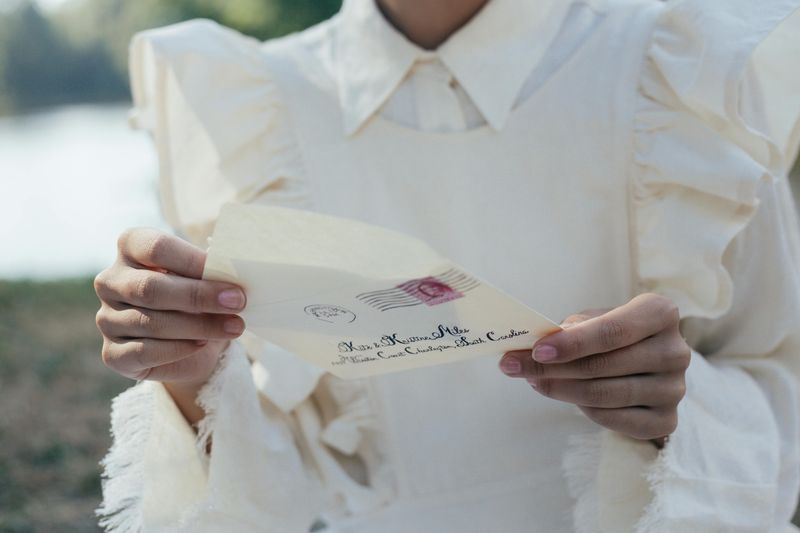
Remember life before high-speed connections and smartphones? For those who grew up in the pre-internet era, childhood was filled with unique experiences that today’s kids might find strange or even unimaginable. We entertained ourselves differently, learned differently, and connected with others in ways that required more patience and creativity. Here’s a nostalgic look at life before we lived online.
1. Playing Video Games Without Wi-Fi

Blowing into cartridges was the original troubleshooting technique. When games froze, this mystical breath of air somehow made everything work again (or so we believed). No system updates, no downloading patches – what you bought was what you got.
Multiplayer gaming meant friends physically present in your living room, sharing controllers and screen space. The excitement of a new game wasn’t dampened by day-one updates or server issues.
Game progress existed solely on memory cards or through password systems scribbled on notepads. Lost your notes? Back to level one you went!
2. The Library Adventure for Homework

Encyclopedia volumes lined the reference section like ancient tomes of wisdom. Finding information meant scanning indexes and flipping through pages marked with colorful tabs. The satisfying weight of a research book in your hands made the knowledge feel more substantial.
Librarians were the original search engines, guiding you to exactly what you needed with uncanny precision. They knew their collection intimately and could point you to resources you never knew existed.
The card catalog system taught organizational skills no Google search ever could. Those tiny drawers full of alphabetized cards were magical portals to knowledge.
3. The Art of Note Passing
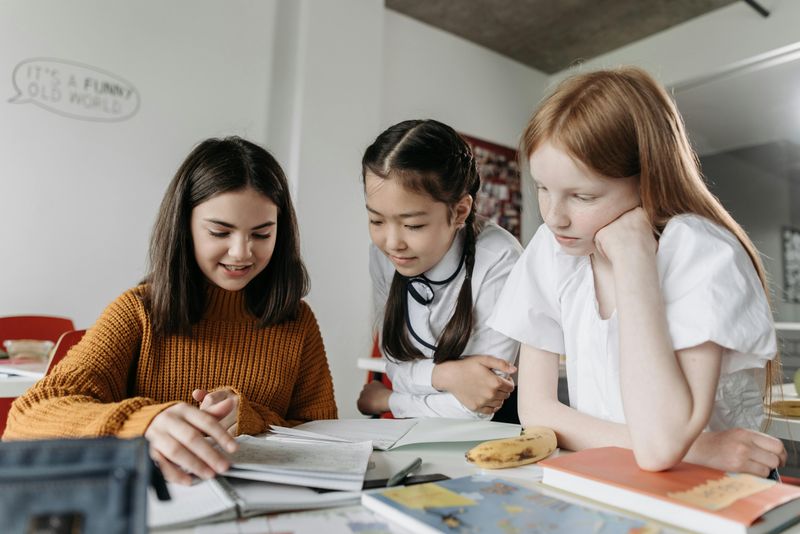
Years of practice turned paper folding into an art—triangles, footballs, and secret shapes. The more intricate the fold, the more vital the message. These tiny paper boats ferried our most urgent thoughts across the classroom tides.
Strategic timing was everything – waiting for the teacher to turn toward the blackboard created the perfect window for delivery. The heart-stopping moment when a teacher intercepted a note could lead to public humiliation if they decided to read it aloud.
Handwriting analysis became an informal science as we deciphered what someone’s penmanship revealed about their feelings toward us.
4. Mastering the Analog Clock

“Big hand on the 12, little hand on the 4” was how we learned to tell time. Those first wristwatches with tiny faces and leather straps made us feel grown-up, even if we sometimes got the hours and minutes confused.
School clocks with their hypnotic second hands counted down to freedom. The rhythmic ticking filled silent classrooms during tests, sometimes the only sound besides pencils scratching on paper.
Learning to calculate time differences required actual math skills. “If it’s 3:15 now and the movie starts at 4:45, how much time do we have?” These mental calculations were everyday life before smartphone timers.
5. Mall Rats and Weekend Hangouts
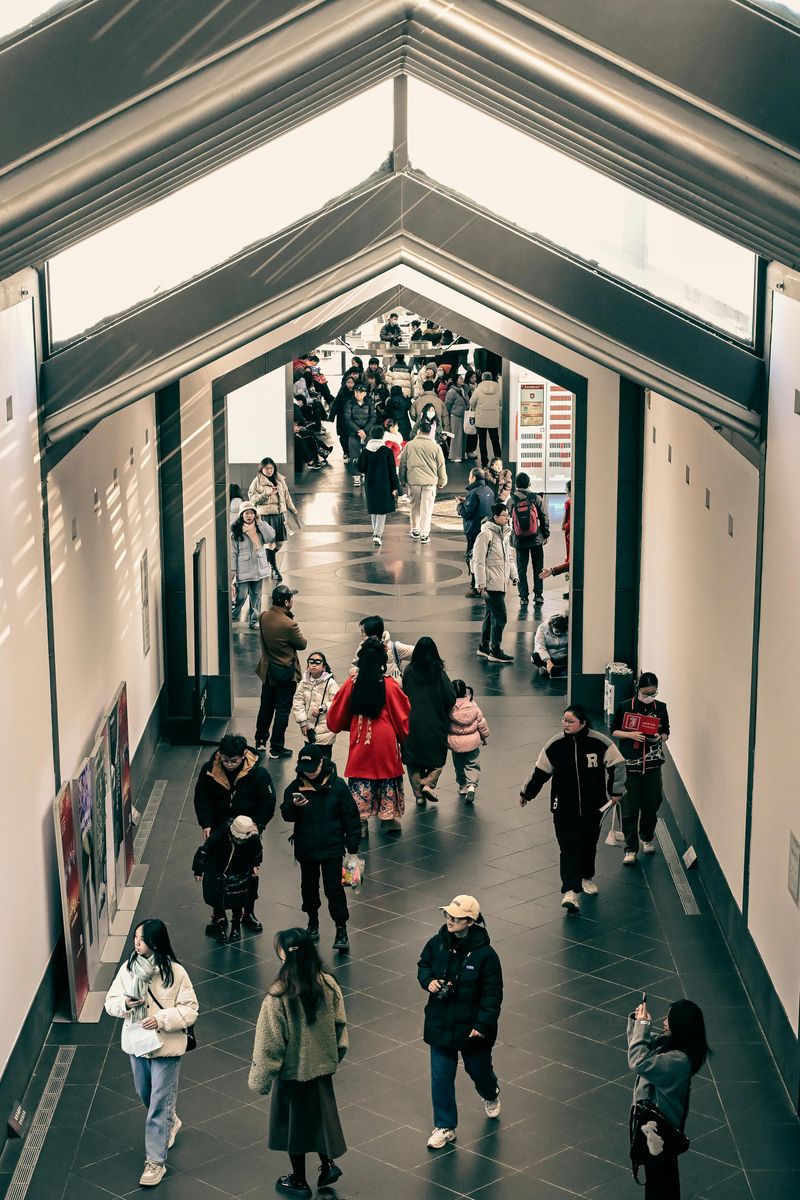
The mall fountain was our meeting spot before cell phones made coordination effortless. If you said “1 o’clock by the fountain,” you better be there – no texting “running late” or “can’t make it” at the last minute.
Food courts were social hubs where a single soda could be nursed for hours while you watched the world go by. Arcade corners hummed with electronic beeps and the clatter of quarters being fed into hungry machines.
Store browsing was an actual in-person experience, not a scrolling exercise. Record stores, bookshops, and clothing boutiques offered tangible discoveries that online algorithms can never quite replicate.
6. The Channel-Surfing Workout
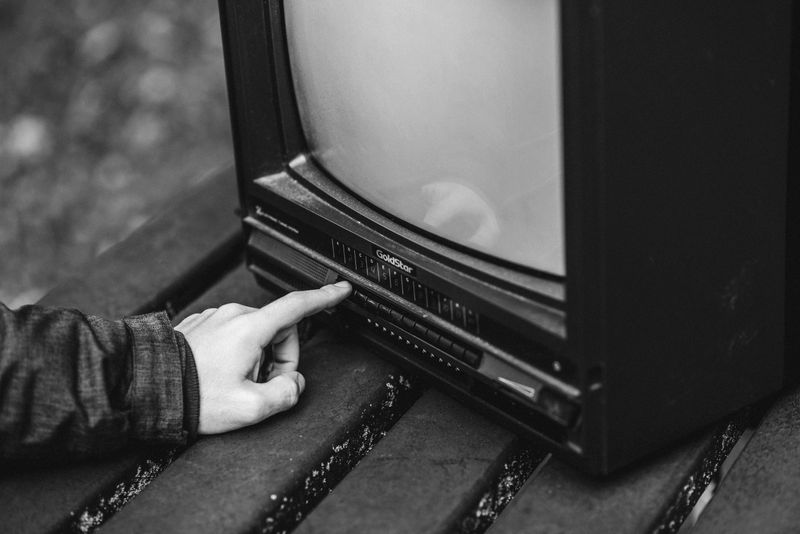
Before remote controls were common, kids were the designated channel changers: “Turn it to channel 5!” The TV dial gave a satisfying clunk with each turn—something no modern touchscreen will ever replicate.
Static between channels created a snow-filled wasteland you had to traverse to find your program. Sometimes the antenna needed adjustment – aluminum foil extensions or someone standing in a specific spot holding the rabbit ears at just the right angle.
TV viewing was appointment-based, not on-demand. Missing your favorite show meant waiting for reruns or hearing about it from friends who remembered to watch.
7. Dear Diary Moments

Lock and key diaries were sacred vaults of our deepest thoughts and secrets. The tiny keys were hidden in special spots – under mattresses or taped behind picture frames – to keep nosy siblings at bay.
Handwriting changed with our moods, creating a visual record of our emotional states. Angry entries pressed hard into the page, while dreamy ones flowed in loopy script across the lines.
Flipping through old diary pages years later became a time machine to forgotten feelings and experiences. The smudged ink, doodles in margins, and occasional pressed flowers preserved memories in ways digital journals never could.
8. The Daily News Ritual
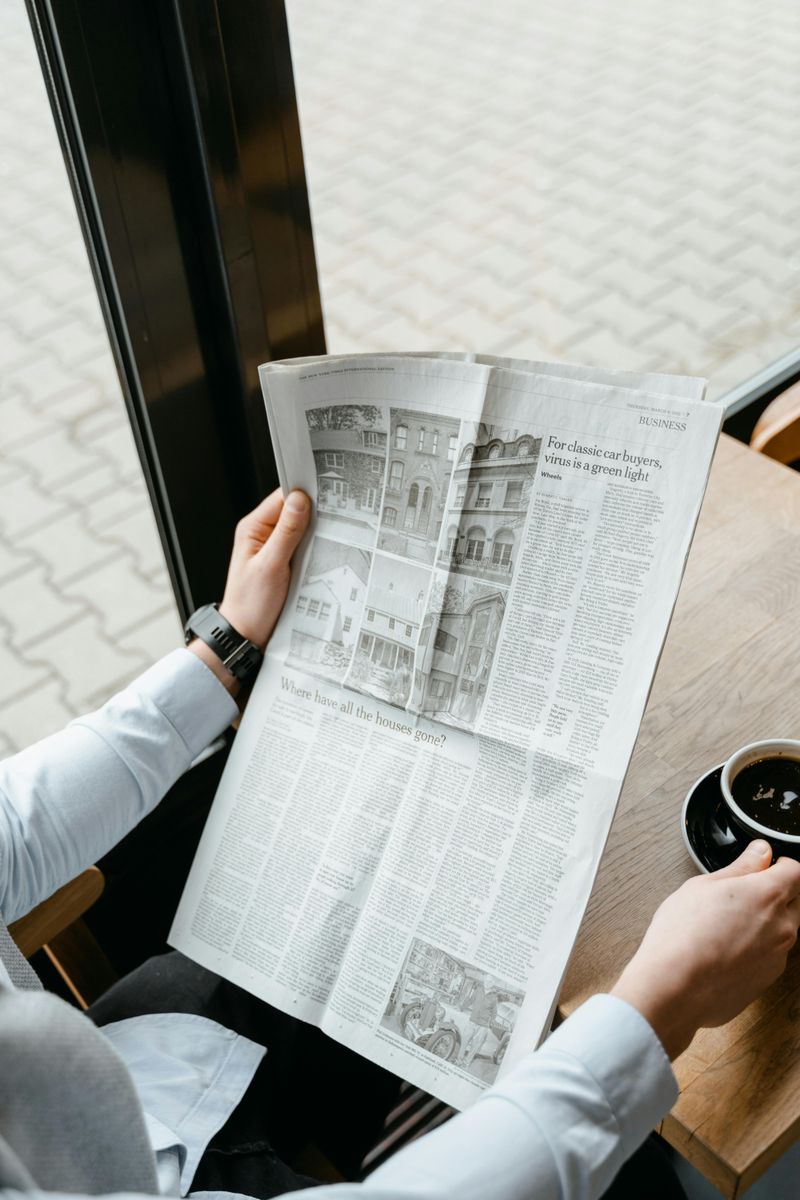
The day began with coffee in hand and the quiet rustle of newsprint. Ink on your fingertips was a quiet badge of awareness, and folding the paper just right on a crowded train was a subtle dance perfected over time.
Newspapers created shared community experiences. Everyone in town read the same headlines, saw the same comics, and checked the same movie listings, creating common conversation topics.
Clipping articles meant physically cutting out pieces that mattered to you. Family refrigerators displayed important announcements, while scrapbooks preserved memorable moments – from wedding announcements to Little League victories – in a tangible archive of community life.
9. Radio Traffic Reports as Lifelines

Morning commutes were synchronized to traffic reports that came “every ten minutes on the eights.” Missing that brief window meant driving blind into potential gridlock with no recalculation options.
Traffic reporters in helicopters became local celebrities, their voices familiar companions during rush hour. Their colorful descriptions of backups and alternative routes required drivers to create mental maps and make quick decisions.
Car radios had five or six preset buttons that required physical pushing. Finding a station with clear reception during long trips meant constantly fine-tuning the dial as you moved between broadcast areas, the sound fading in and out like auditory ghosts.
10. The Lost Art of Letter Writing
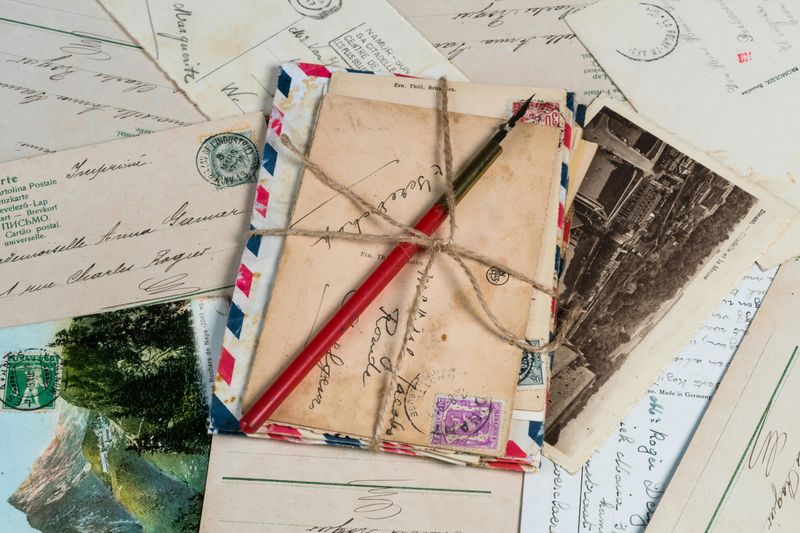
To own beautiful stationery was to hold something meaningful. Only the most important messages earned a place on the finest paper, where the texture and weight gave quiet dignity to every word.
Anticipation built over days or weeks as you waited for replies. Checking the mailbox became a daily ritual filled with possibility and occasional disappointment when only bills appeared.
Handwritten letters revealed personality through penmanship, ink choices, and even scent. Recognizing a friend’s handwriting on an envelope brought immediate joy, and letters were often read multiple times, savored like conversations that could be revisited whenever you wished.
11. Navigating with Paper Maps
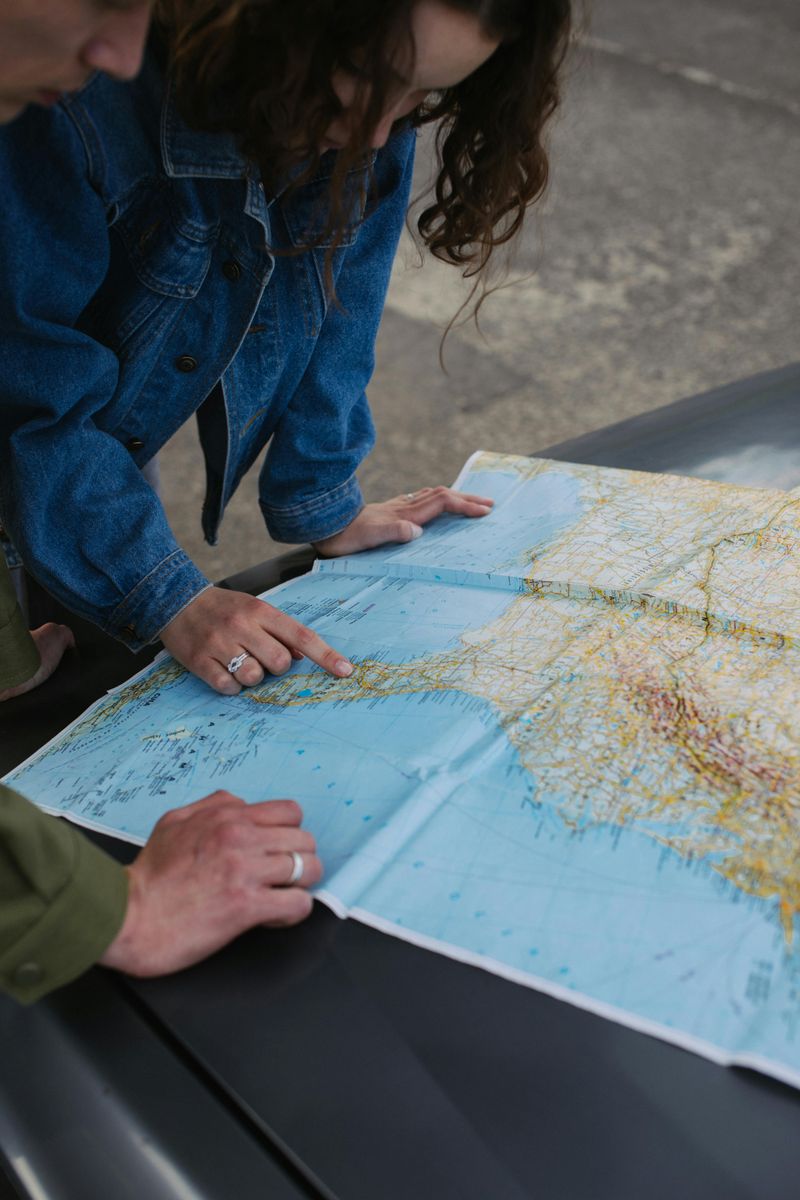
The passenger seat navigator held tremendous responsibility, their map-folding skills directly impacting the success of any journey. The distinctive sound of a map being unfolded and refolded filled family road trips, often accompanied by disagreements about the best route.
Gas stations were information hubs where free maps could be collected and directions clarified with locals. Attendants would often mark routes with highlighters, creating personalized guides through unfamiliar territory.
Planning ahead was non-negotiable – studying routes before departure and memorizing key turns and landmarks. Wrong turns meant stopping to reassess rather than hearing a pleasant voice announce “recalculating.”
12. The Rotary Phone Workout

Memorizing phone numbers was a necessity, not an option. Our brains stored dozens of important numbers, and phone books with tattered edges sat near every home phone for the rest.
Dialing in anger was particularly satisfying – the forceful spinning of the dial released emotions in a way that button-pushing never could. The mechanical clicking sound as the dial returned to position marked the seconds of your effort.
Long-distance calls were planned events, often saved for Sundays when rates were lower. These precious, expensive connections meant conversations were focused and meaningful rather than casual check-ins.
13. Creating Radio Mixtapes
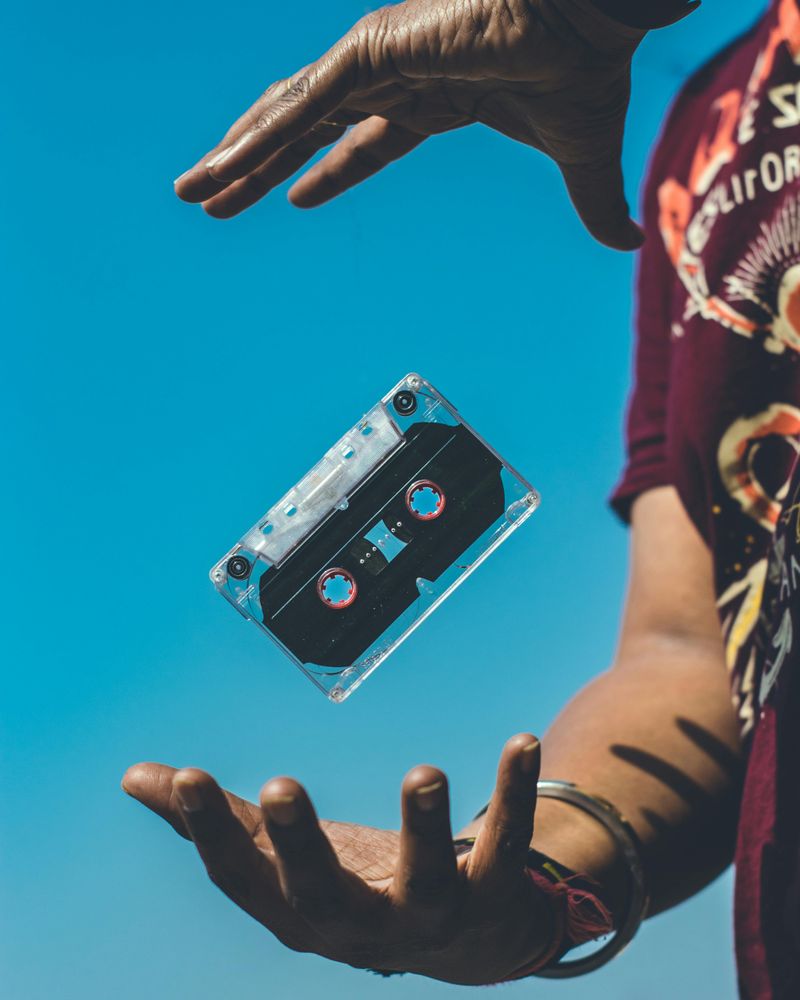
Cassette decks with recording capabilities transformed us into music hunters, fingers hovering over the record button during radio shows. The DJ’s voice cutting into the beginning or end of songs was an occupational hazard we learned to accept.
Each mixtape was a personal artistic statement, with carefully planned song sequences creating emotional journeys. Decorating the case with handwritten track listings and personalized artwork completed the gift.
Recording required real-time commitment – you couldn’t walk away during the process. The satisfaction of capturing a rare song after weeks of waiting for it to play again created a connection to music that automated playlists can’t replicate.

Comments
Loading…